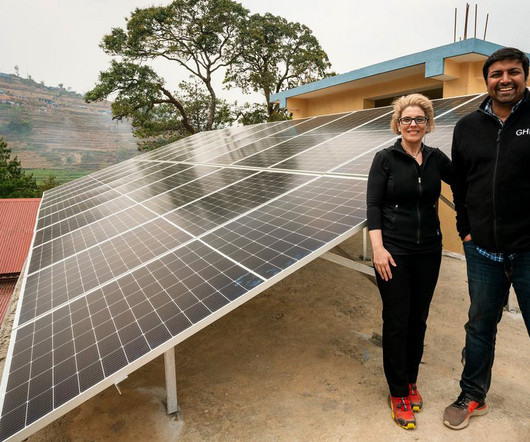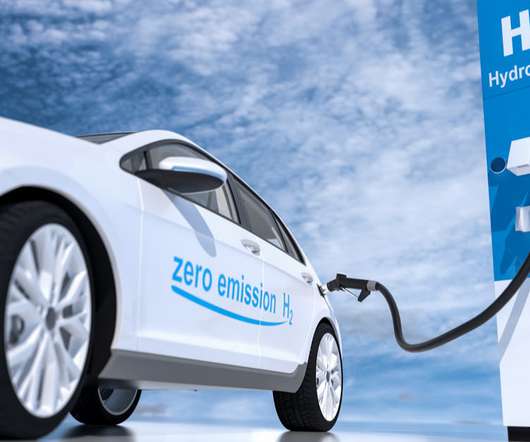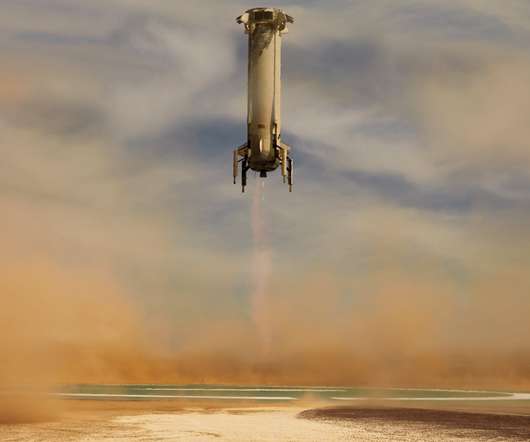How to Prevent Blackouts by Packetizing the Power Grid
Cars That Think
JANUARY 29, 2022
That need for balance is true of electric power grids, too. Second, conventional coal and nuclear plants are being retired for economic and policy reasons, removing stable sources from the grid. Packetized energy management (PEM) allows the power grid to flexibly handle a varying supply of renewable energy. Here’s how.







































Let's personalize your content